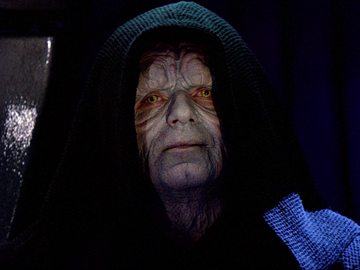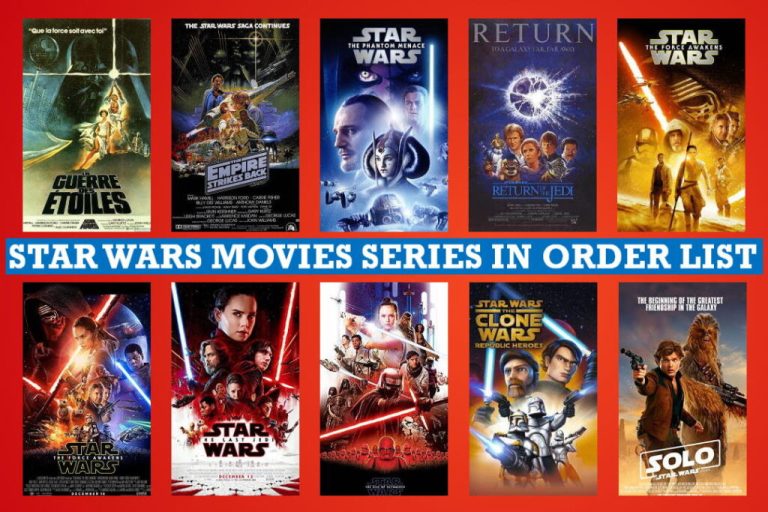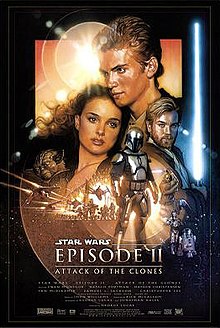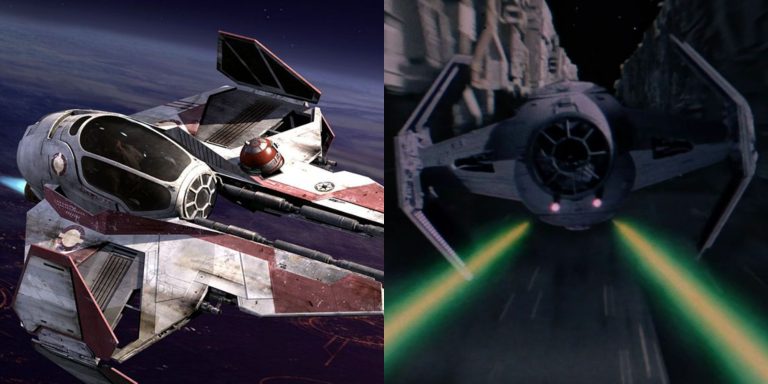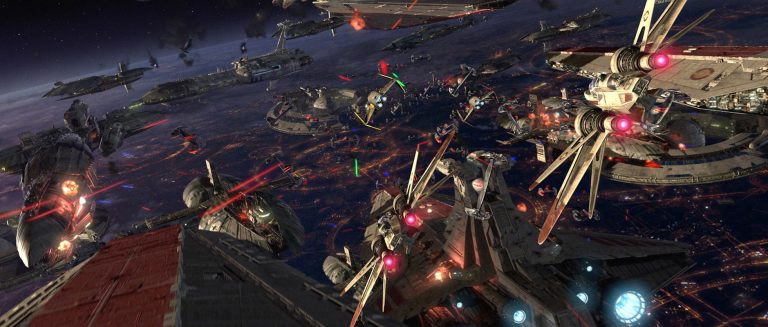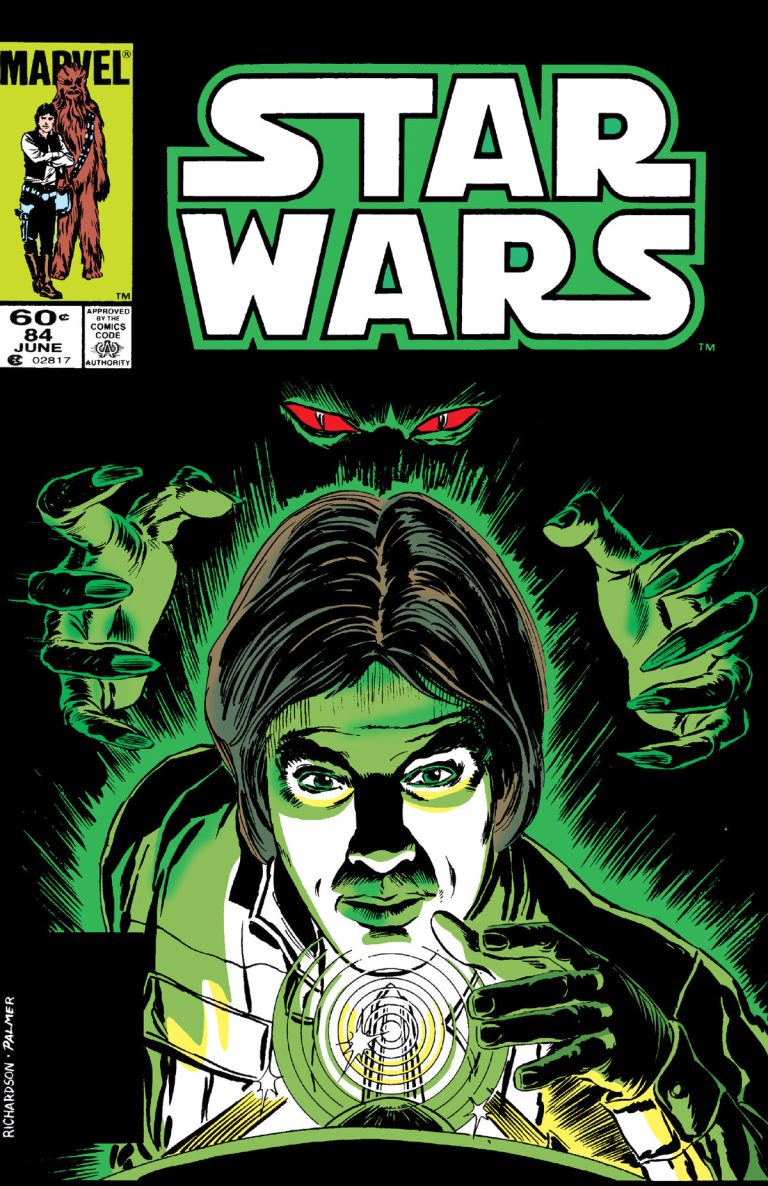How Has The Star Wars Series Evolved Over Time?
Ah, Star Wars, the beloved sci-fi saga that has captured the hearts of millions across the galaxy. From its humble beginnings in 1977 to its epic conclusion in 2019, the Star Wars series has undergone a remarkable evolution. So, how has this iconic franchise transformed over time? Let’s dive in and explore the fascinating journey of the Star Wars series.
In a galaxy far, far away, the Star Wars series burst onto the scene with its groundbreaking first film, simply titled “Star Wars” (later renamed “Star Wars: Episode IV – A New Hope”). This space opera introduced us to a young farm boy named Luke Skywalker, a wise old Jedi named Obi-Wan Kenobi, and the menacing Darth Vader. With its captivating story, stunning visual effects, and unforgettable characters, Star Wars quickly became a cultural phenomenon.
As the years went by, the Star Wars series continued to captivate audiences with its sequels and prequels. The franchise expanded its universe, delving into the origins of Darth Vader and the rise of the Galactic Empire. We were introduced to new heroes like Rey, Finn, and Poe in the sequel trilogy, while the prequel trilogy shed light on the fall of Anakin Skywalker and the rise of the Sith.
Throughout its evolution, the Star Wars series has embraced technological advancements, pushing the boundaries of visual effects and storytelling. From practical effects and puppetry in the original trilogy to cutting-edge CGI in the prequels and sequels, each era of the Star Wars saga has brought new innovations to the big screen.
So, whether you’re a die-hard fan or a casual viewer, there’s no denying the immense impact and evolution of the Star Wars series. From its humble beginnings to its status as a pop culture phenomenon, this iconic franchise has left an indelible mark on cinema history. Join us as we embark on a journey through time and explore the ever-evolving galaxy of Star Wars. May the Force be with us!
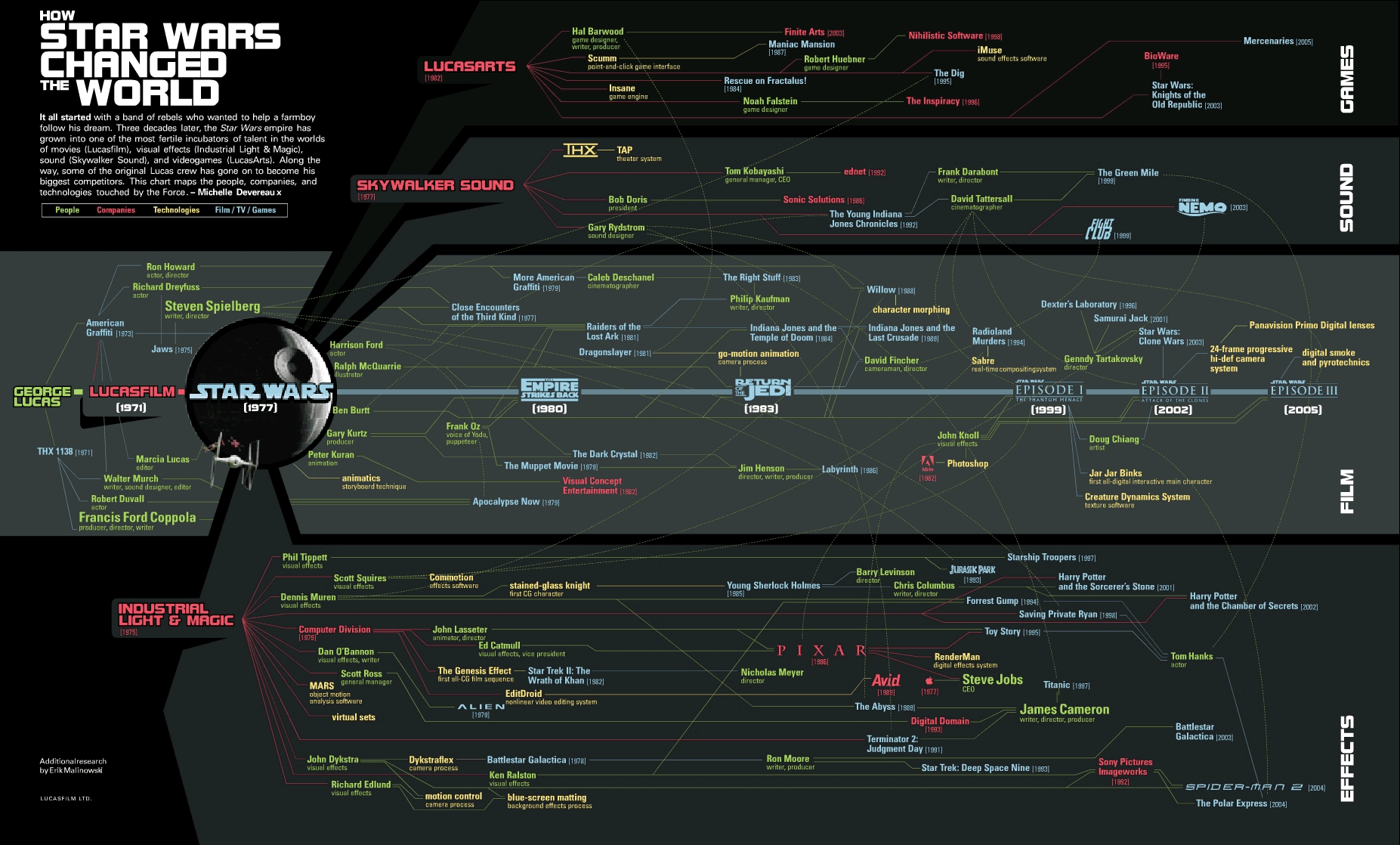
Evolution of the Star Wars Series
Star Wars is one of the most iconic and influential film franchises in history. Since its inception in 1977, the series has undergone significant evolution, captivating audiences with its compelling storytelling, groundbreaking visual effects, and memorable characters. From the original trilogy to the prequels and sequels, the Star Wars series has evolved in various ways, shaping the sci-fi genre and leaving a lasting impact on pop culture.
A New Hope: The Original Trilogy
In 1977, Star Wars: Episode IV – A New Hope was released, introducing audiences to a galaxy far, far away. Directed by George Lucas, the film was a groundbreaking achievement, combining elements of fantasy, adventure, and science fiction. The original trilogy, consisting of A New Hope, The Empire Strikes Back, and Return of the Jedi, follows the journey of Luke Skywalker, Princess Leia, and Han Solo as they battle against the tyrannical Galactic Empire and Darth Vader.
The original trilogy revolutionized the way films were made and marketed. It showcased cutting-edge visual effects, including the use of models, miniatures, and practical effects, which set a new standard for the industry. The series also introduced iconic characters like Darth Vader, Yoda, and Chewbacca, who became cultural icons and inspired generations of fans. The original trilogy’s blend of epic storytelling, memorable characters, and groundbreaking visuals laid the foundation for the future of the Star Wars franchise.
Expanded Universe and Popularity
Following the success of the original trilogy, the Star Wars universe expanded beyond the films into books, comics, video games, and animated series. This expanded universe allowed fans to delve deeper into the mythology of the series, exploring new characters, planets, and storylines. The popularity of the expanded universe showcased the enduring appeal of the Star Wars franchise and its ability to captivate audiences across different mediums.
The original trilogy’s impact on popular culture cannot be overstated. It spawned a dedicated fanbase and ignited a collective passion for the Star Wars universe. The films’ iconic quotes, such as “May the Force be with you” and “I am your father,” have become ingrained in our cultural lexicon. The original trilogy’s success paved the way for future installments and cemented Star Wars as a global phenomenon.
Prequels: Exploring the Past
In 1999, George Lucas returned to the Star Wars universe with Episode I – The Phantom Menace, the first installment of the prequel trilogy. Set before the events of the original trilogy, the prequels aimed to provide audiences with a deeper understanding of the series’ mythology and the rise of Darth Vader. However, the prequels received mixed reactions from fans and critics.
The prequel trilogy, consisting of The Phantom Menace, Attack of the Clones, and Revenge of the Sith, delved into the political landscape of the Galactic Republic, the emergence of the Sith, and the fall of Anakin Skywalker. While the prequels expanded the Star Wars universe and introduced new characters and planets, they faced criticism for their dialogue, pacing, and overreliance on CGI effects.
Controversy and Redemption
Despite the initial backlash, the prequels have gained a dedicated following over the years. Fans have come to appreciate the prequel trilogy for its world-building, complex themes, and memorable moments. The prequels shed light on the tragic journey of Anakin Skywalker and his transformation into Darth Vader, adding depth to the original trilogy’s storyline. The prequels’ contributions to the Star Wars mythology cannot be overlooked, as they provide crucial context for the events that unfold in the later films.
The prequels also laid the groundwork for the expansion of the Star Wars universe beyond the big screen. Animated series like The Clone Wars and Rebels further explored the stories and characters introduced in the prequels, garnering critical acclaim and a dedicated fanbase. The prequels’ impact on the Star Wars series is undeniable, both in terms of narrative and the enduring legacy they have created.
Sequels: A New Generation
In 2015, Lucasfilm, under the ownership of Disney, released Episode VII – The Force Awakens, kicking off a new trilogy set after the events of the original trilogy. The sequels aimed to introduce a new generation of characters while paying homage to the beloved characters from the past. The trilogy, consisting of The Force Awakens, The Last Jedi, and The Rise of Skywalker, continued the battle between the Resistance and the First Order, further exploring the themes of hope, redemption, and the balance of the Force.
The sequels received a mixed response from fans and critics, with some praising the new characters and visual effects, while others felt that the films lacked a cohesive vision. Nevertheless, the sequels brought Star Wars back into the cultural conversation, attracting a new generation of fans to the franchise.
Legacy and Future
The Star Wars series continues to evolve with new projects and spin-offs, including standalone films like Rogue One and Solo: A Star Wars Story, as well as the highly anticipated Disney+ series, The Mandalorian. These new additions to the Star Wars universe offer fresh perspectives, expand the mythology, and provide fans with exciting new adventures.
As the Star Wars series evolves, it remains a testament to the power of storytelling and the enduring legacy of a galaxy far, far away. With each new installment, the franchise continues to captivate audiences, spark imagination, and inspire generations to come.
Conclusion
The Star Wars series has undergone significant evolution over time, from the groundbreaking original trilogy to the divisive prequels and the mixed reception of the sequels. Despite the ups and downs, Star Wars remains a cultural phenomenon, captivating audiences with its epic storytelling, memorable characters, and innovative visual effects. As the franchise continues to expand in new and exciting ways, the legacy of Star Wars will endure, inspiring generations of fans and leaving an indelible mark on popular culture.
Key Takeaways: How has the Star Wars series evolved over time?
- The Star Wars series has spanned over four decades, starting with the release of the first film in 1977.
- From a simple space adventure, the series has grown into a complex and expansive universe filled with different planets, species, and cultures.
- Characters like Luke Skywalker, Princess Leia, and Darth Vader have become iconic figures in pop culture.
- The special effects and technology used in the Star Wars series have advanced significantly, enhancing the visual experience for viewers.
- The storytelling has also evolved, with new trilogies and spin-off films introducing fresh perspectives and storylines.
Frequently Asked Questions
Explore the evolution of the Star Wars series and discover how it has changed over time. From its humble beginnings to the modern era, the Star Wars franchise has undergone numerous transformations, captivating audiences across generations. Dive into the answers to some commonly asked questions about the evolution of Star Wars.
1. How has the technology in Star Wars evolved throughout the series?
In the Star Wars series, technology plays a prominent role and has evolved significantly over time. In the original trilogy, released in the late 1970s and early 1980s, the technology was more primitive, with a focus on practical effects and models. However, with the prequel trilogy released in the late 1990s and early 2000s, computer-generated imagery (CGI) took center stage, bringing more visually stunning and immersive worlds to life.
In the sequel trilogy, released in the 2010s, there was a blend of practical effects and CGI, with advancements in technology allowing for even more seamless integration. The use of motion capture and advanced visual effects techniques brought new levels of realism to the creatures and environments in the Star Wars universe. Overall, the technology in Star Wars has evolved to create increasingly immersive and visually impressive experiences for fans.
2. How have the storytelling techniques changed in the Star Wars series?
The storytelling techniques in the Star Wars series have evolved over time, reflecting the changing landscape of filmmaking and audience expectations. In the original trilogy, the story was primarily told through a linear narrative, following the journey of Luke Skywalker and his allies. The focus was on the hero’s journey and the battle between good and evil.
With the prequel trilogy, there was a shift in storytelling techniques, with a greater emphasis on political intrigue and the exploration of the origins of characters and events. The narrative became more complex, delving into the rise of the Sith and the fall of Anakin Skywalker. The sequel trilogy continued to push the boundaries of storytelling, introducing new characters and expanding the Star Wars universe.
3. How has the representation of diversity changed in the Star Wars series?
The Star Wars series has made strides in representing diversity over time. In the original trilogy, the main cast was predominantly white, with limited representation of people of color. However, with the prequel trilogy and the sequel trilogy, there was a conscious effort to increase diversity in the cast.
The prequel trilogy introduced characters like Mace Windu, portrayed by Samuel L. Jackson, and the sequel trilogy featured a more diverse cast, including John Boyega as Finn and Daisy Ridley as Rey. Additionally, there has been an increased focus on strong female characters, such as Princess Leia in the original trilogy and Rey in the sequel trilogy. The Star Wars series has evolved to better reflect the diverse world we live in.
4. How has the use of practical effects changed in the Star Wars series?
The Star Wars series has a rich history of utilizing practical effects to bring its fantastical world to life. In the original trilogy, practical effects were the primary method of creating the creatures, props, and environments. The use of miniatures, puppetry, and animatronics added a tangible and tangible quality to the films.
With the prequel trilogy, CGI started to play a larger role, but practical effects were still incorporated where possible. The sequel trilogy continued this trend, with a blend of practical effects and CGI to create a seamless and immersive experience for viewers. Practical effects are still highly valued in the Star Wars series, with filmmakers striking a balance between traditional techniques and cutting-edge technology.
5. How has the fan reception to the Star Wars series evolved over time?
The fan reception to the Star Wars series has evolved over time, reflecting the changing landscape of fandom. The original trilogy was met with immense enthusiasm and became a cultural phenomenon. However, the prequel trilogy received a more mixed reception, with some fans criticizing aspects of the storytelling and character development.
With the sequel trilogy, fan reception was once again divided, with some praising the continuation of the story and the introduction of new characters, while others expressed disappointment with certain creative choices. The Star Wars series has a passionate and dedicated fan base, and their opinions have shaped the ongoing evolution of the franchise.
The Evolution Of Darth Vader / Anakin Skywalker (Animated)
Final Summary: The Ever-Evolving Star Wars Saga
The Star Wars series has truly undergone a remarkable evolution over time, captivating audiences with its epic storytelling, iconic characters, and groundbreaking special effects. From its humble beginnings in 1977 with the original trilogy, to the prequel trilogy in the late 90s and early 2000s, and finally, the sequel trilogy that concluded in 2019, Star Wars has continued to push the boundaries of imagination and take us on unforgettable journeys to a galaxy far, far away.
Throughout its evolution, Star Wars has embraced new technologies, expanded its universe, and embraced a new generation of fans. The advancements in visual effects have allowed for more immersive and awe-inspiring worlds, while the introduction of new characters and storylines has kept the franchise fresh and exciting. From the grand battles between the Rebel Alliance and the Empire to the complex exploration of the Force and the internal struggles of its characters, Star Wars has continued to captivate audiences of all ages.
As the Star Wars series has evolved, it has also reflected the changing times and societal issues. The original trilogy was a product of its time, with themes of rebellion against authoritarianism and the power of hope. The prequel trilogy delved into the origins of iconic characters and explored the corruption of power. And the sequel trilogy introduced more diverse characters and focused on themes of redemption and the importance of unity in the face of darkness.
In conclusion, the Star Wars series has evolved into a cultural phenomenon that has left an indelible mark on the world of cinema. Its ability to adapt and grow while staying true to its core values is a testament to its enduring appeal. Whether you’re a lifelong fan or just discovering the galaxy far, far away, Star Wars will continue to inspire and entertain audiences for generations to come. May the Force be with you!

